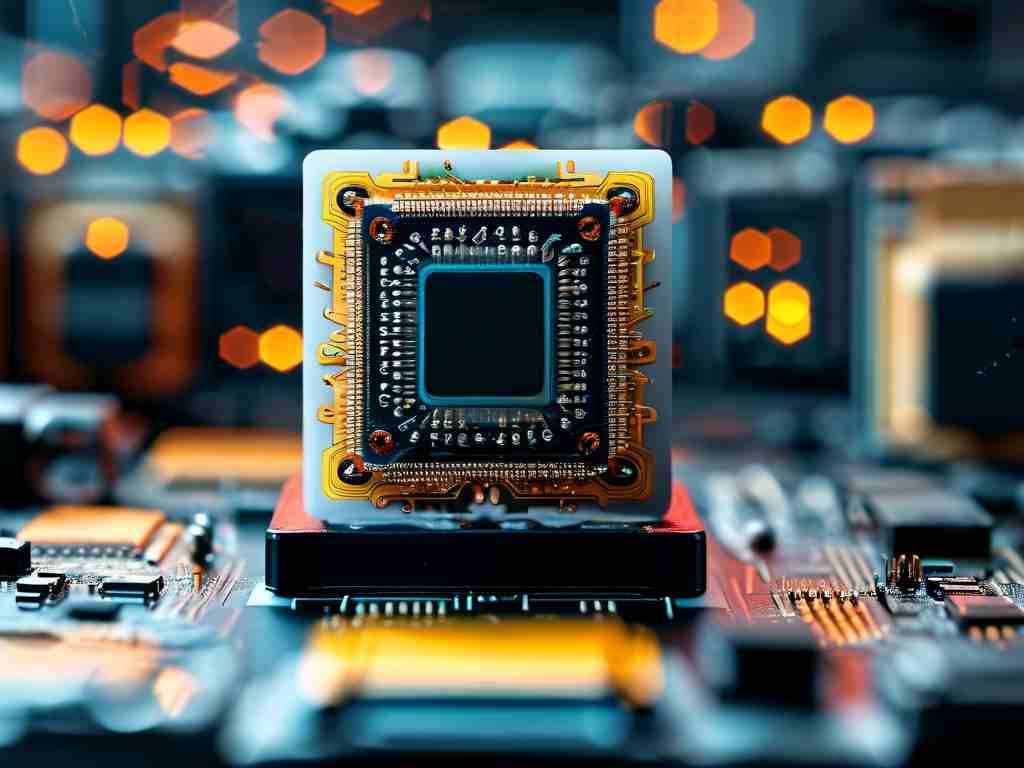In modern computing, managing memory resources effectively remains critical for maintaining system responsiveness and preventing performance bottlenecks. This article explores practical methods computers use to reclaim and optimize memory space, with actionable insights for both casual users and technical professionals.

Understanding Memory Allocation
When applications run, they request memory blocks through allocation mechanisms. Over time, fragmented or abandoned memory segments accumulate, creating "digital clutter." Operating systems employ garbage collection algorithms to identify unreferenced memory areas. For instance, Java Virtual Machine (JVM) uses generational garbage collection, prioritizing newer objects while periodically sweeping older memory zones.
Manual Memory Release Strategies
-
Task Manager Interventions
Windows Task Manager and macOS Activity Monitor allow users to terminate unresponsive processes. For example, ending a crashed browser tab frees 300–800 MB typically. Developers can implement manual memory release in code:void cleanup() { free(unused_ptr); ptr = NULL; } -
Stack vs. Heap Management
Stack memory automatically clears when functions complete, while heap memory requires explicit deallocation. Python’sdelstatement combined withgc.collect()forces garbage collection:import gc large_list = [data] * 1000000 del large_list gc.collect()
Automated Memory Optimization Tools
Third-party utilities like CCleaner analyze cached files and registry entries. Windows’ built-in "Storage Sense" deletes temporary files during low-disk scenarios. Enterprise servers often use Linux’s sysctl commands to adjust vm.swappiness values, controlling how aggressively systems swap memory to disk.
Memory Compression Technologies
Modern OS versions like Windows 11 and macOS Ventura implement real-time memory compression. By zipping idle data (e.g., background tabs), systems reduce physical memory usage by 30–40% without performance penalties. This compressed memory gets dynamically decompressed when needed.
Hardware-Software Synergy
Upgrading RAM remains the definitive solution for chronic memory shortages. However, software optimizations can delay hardware upgrades. Chromium-based browsers now suspend inactive tabs using "tab freezing," cutting memory consumption by 25%. Database systems like MySQL employ buffer pool sizing to balance memory usage and query speed.
Troubleshooting Memory Leaks
Persistent memory depletion often indicates programming flaws. Tools like Valgrind (Linux) and Visual Studio Diagnostic Tools detect leaks in C/C++ applications. Web developers leverage Chrome DevTools’ Memory Profiler to identify retained DOM nodes in JavaScript applications.
Ethical Considerations in Memory Management
Aggressive memory recovery techniques may compromise user experience. Overzealous cache clearance in mobile apps could force redundant data downloads, increasing cellular data usage. System designers must balance memory efficiency with functional requirements.
Effective memory management combines user-initiated actions, intelligent OS mechanisms, and hardware capabilities. As applications grow more complex, adopting hybrid strategies—manual cleanup routines paired with automated tools—ensures sustainable computing performance. Regular memory audits and staying updated with OS-level memory enhancements remain crucial for long-term system health.









